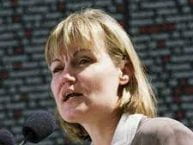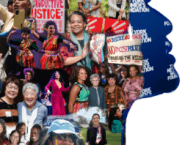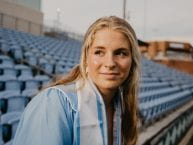
Our group joined the Mental Health group for a presentation at the Paley Center for Media in Rockefeller Center on February 2nd. Rebecca, who gave us the presentation, showed us footage from movies, TV shows, and music videos that depict women in various ways. These videos were made from the 60’s to the 2010’s. Some clips sexualized young girls, some created a horrible beauty standard, while others conveyed the notion that women are weak and need men to save them. Rebecca showed us some clips from some coming of age tv shows like “Pretty Little Liars,” “The Vampire Diaries,” and a show from the 60’s. In Pretty Little Liars, two teenage girls were talking about their friend dying, then instantly switched to talking about the new hot teacher. Same for many other shows, viewers usually don’t notice it, but in many films, girls only like talking about boys. They can’t pass 30 seconds of screen-time without mentioning a boy they’re obsessed with. Rebecca remarked that “sex sells” in music videos and that it is rare for many female musicians to sell songs without using sexual content in their videos and album covers. We watched a portion of Britney Spears’ music video “Baby One More Time,” which was shot when she was 16 years old. Right after she turned 18, her “Toxic” music video was a lot more sexual and explicit. This is one of many examples of women being sexualized at a very young age for men. In every advertisement of young girls that we saw, they were all white and very skinny. Although most of the clips depict women poorly and dehumanize them, we did watch a pad commercial that surprisingly had a significant meaning. Young boys were asked to run, throw, and fight “like a girl.” Unfortunately, the boys performed all of these actions in a weak manner, sending the impression that girls are weak and un-athletic. When the girls were asked the same question, however, they executed all of these movements with strength, indicating that women are strong. This commercial demonstrated the sexism that boys are exposed to in the media at a young age without even realizing it. This research at the Paley Center was extremely beneficial to our group because we were able to witness actual material that showed what our topic was about.








